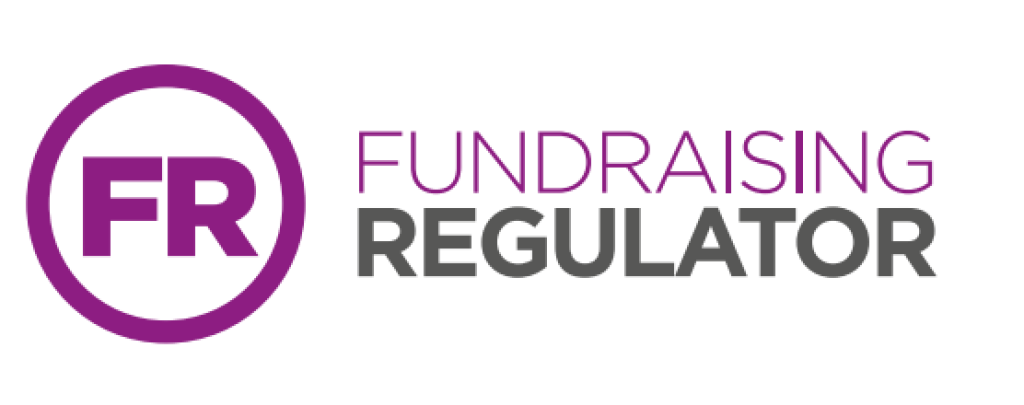
Back in April, we launched our new Code of Fundraising Practice (the code), which sets the standards that apply to fundraising in the UK. This was the culmination of over two years of engagement with the fundraising sector which resulted in several new requirements being added to the new code.
One of the major changes is the introduction of rules on “convenience giving and unstaffed collections” in section 7.5. “Unstaffed collections” is a term we use for donation methods where a fundraiser is not usually present, including goods donation points, such as clothing banks. The key aim of the new rules is that potential donors should have a basic level of information about how their donation will be used so they can make an informed decision before they decide to give.
Rule 7.5.1 requires that all unstaffed collection points should include:
The name of the charitable organisation benefiting from the donation.
The registration status of that charitable organisation (e.g. the charity number).
Contact details for the charitable organisation.
In addition, if there is a third-party involved in a donation, such as a textile recycling collector, the donation point should include:
Details of how that third party will be paid.
The name and contact details of the collector.
This rule sets a level playing field for all types of unstaffed collection and brings them in line with other donation methods. The requirements already applied to door-to-door collection bags, and was extended to goods donation points on the recommendation of respondents to our consultation, including the Charity Retail Association.
Where clothing banks are being operated by textile merchants and some of the proceeds donated to a charity, the requirement to provide details on how third parties are being paid could be fulfilled by a statement such as: "a minimum of £X per tonne of textiles collected will be donated to x charity”
Another significant rule change for goods donations points is rule 7.5.3. This sets out what needs to be included in a written agreement with the owner of the site where the donation point is placed. To help ensure that goods donation sites are properly managed and maintained, rule 7.5.3 requires that written agreements include:
Who is responsible for collecting and processing donations.
How and when collections will be made.
How either party can end the arrangement.
How the site manager can report theft or damage to the collection point.
Our code doesn’t regulate trading activity, like charity shops. However, as a form of fundraising, goods donation sites are subject to rules within our code. You can read all the rules in section 7.5, alongside the rest of the code and supporting resources, on our website.
The new code comes into effect on 1 November, so there’s still time to familiarise yourself with the code and update the information on your goods donation sites to comply with the rules in section 7.5. If you have any specific questions about the code, you can use the Code Advice Service to ask us a question through our website.


